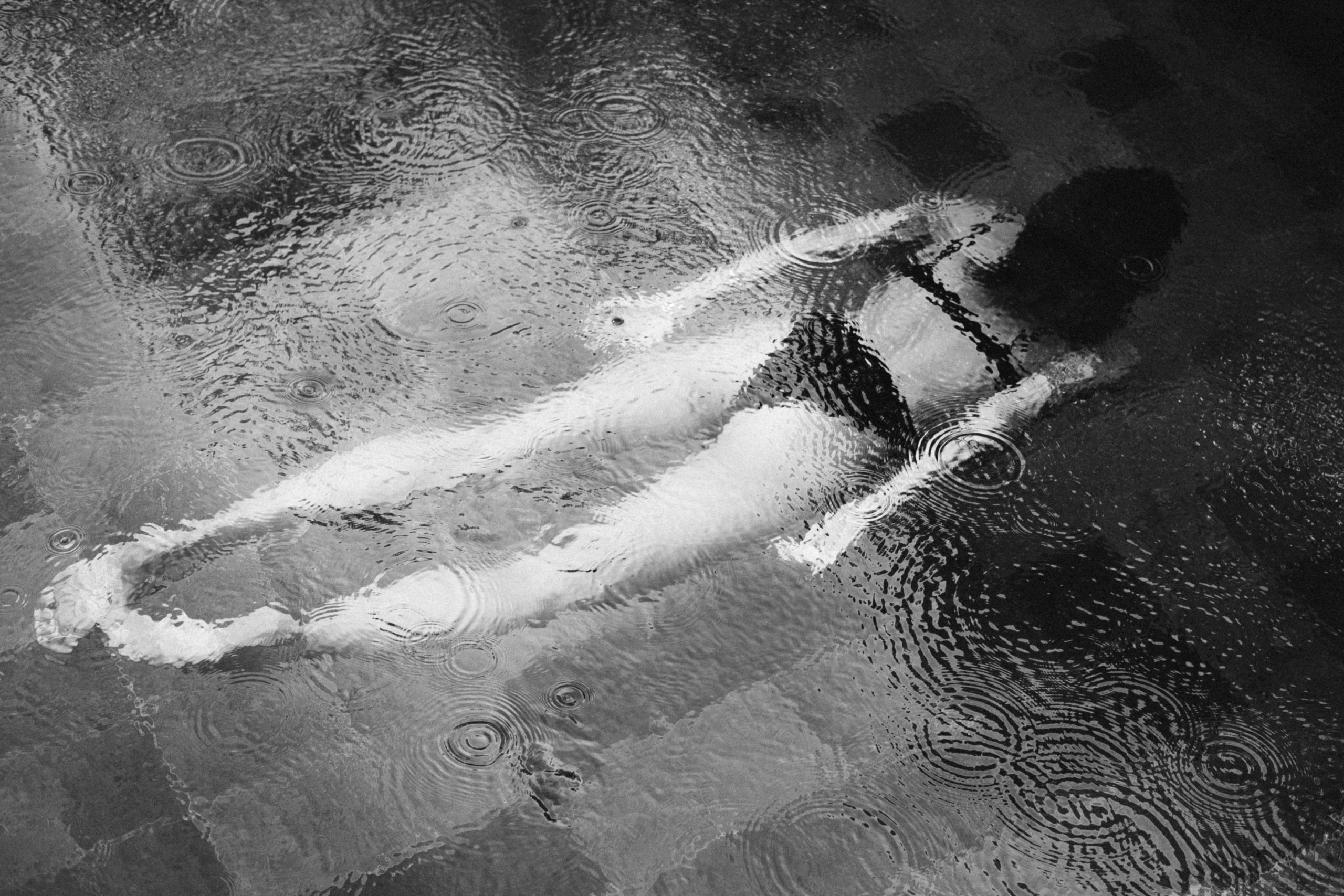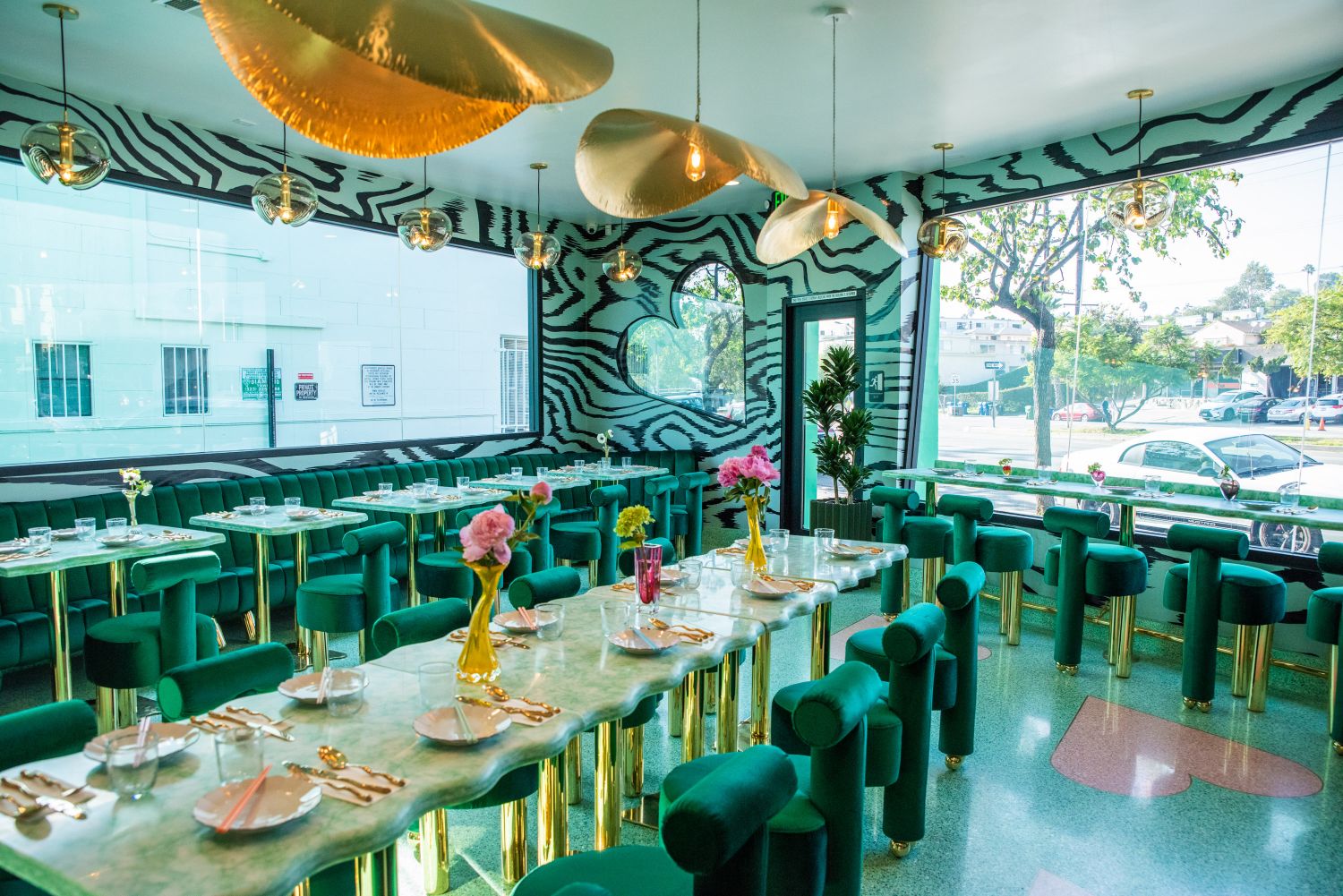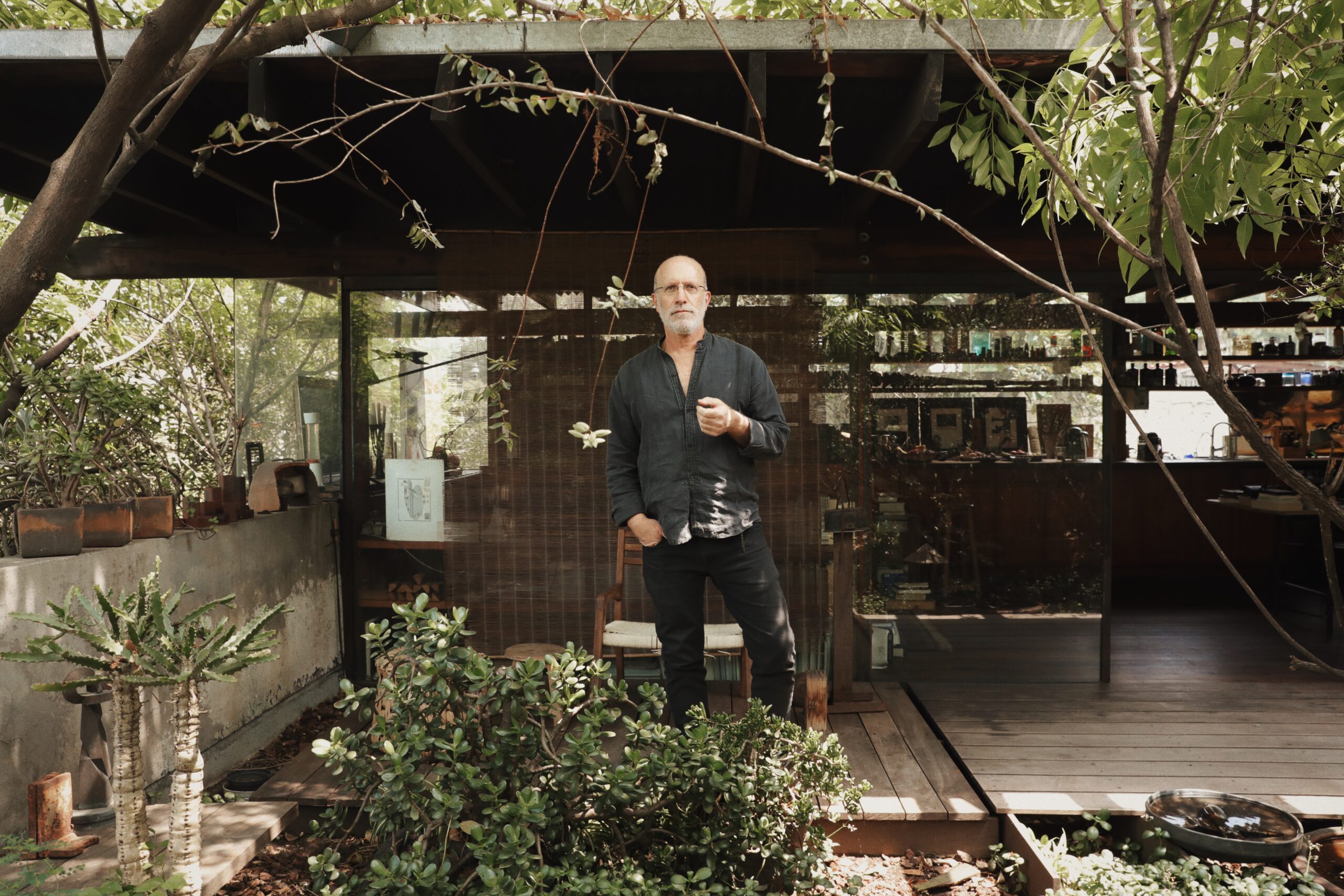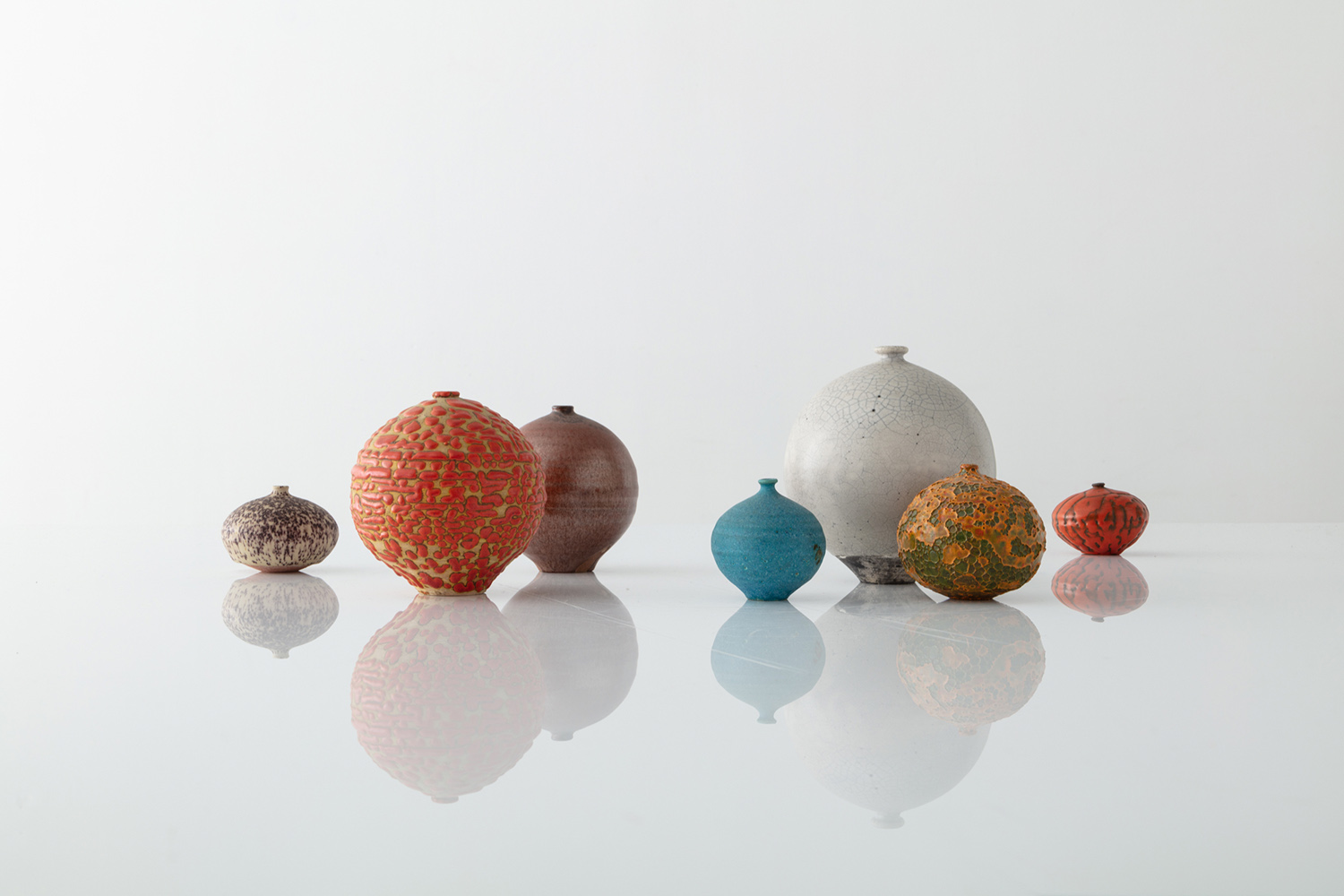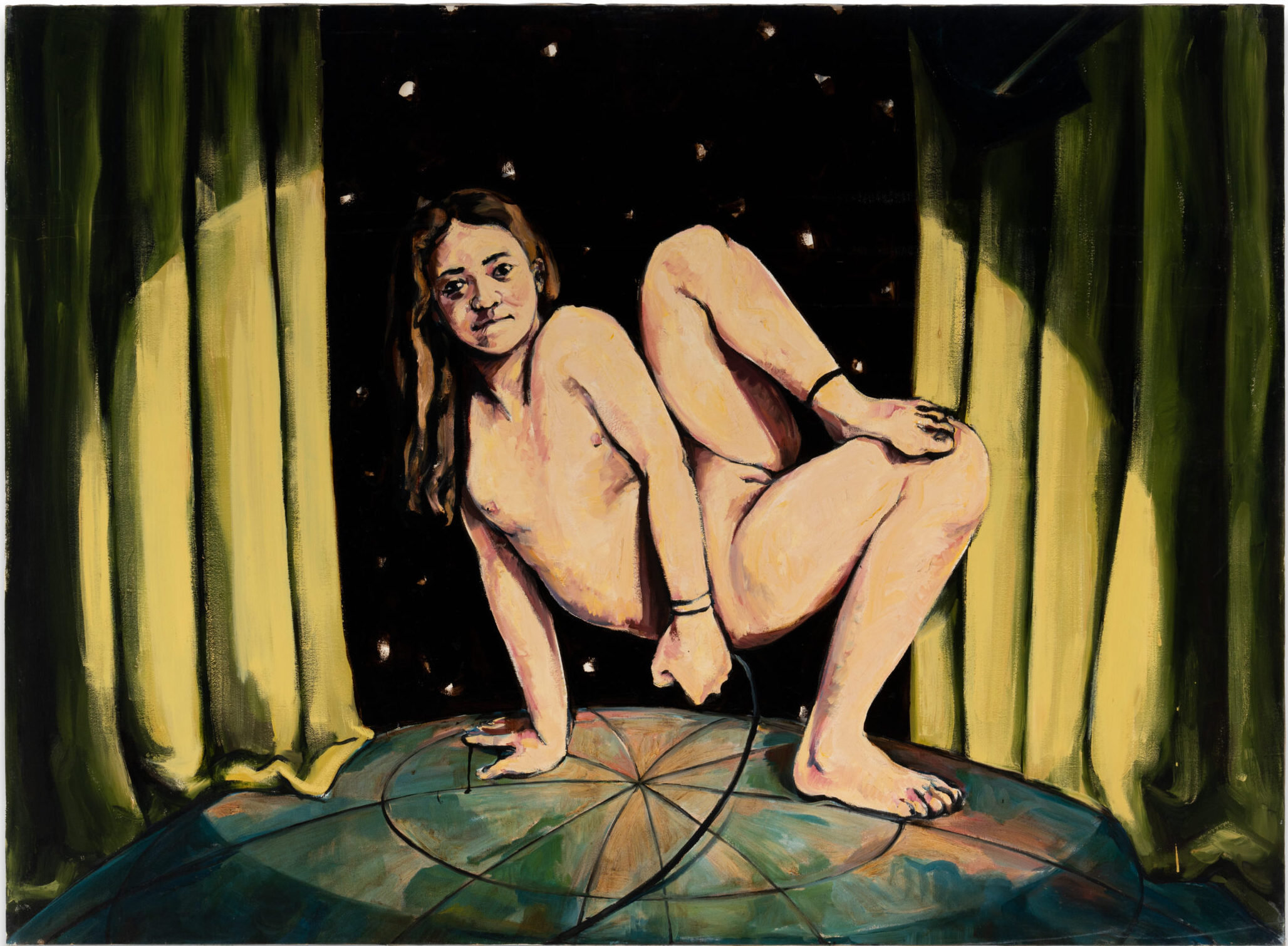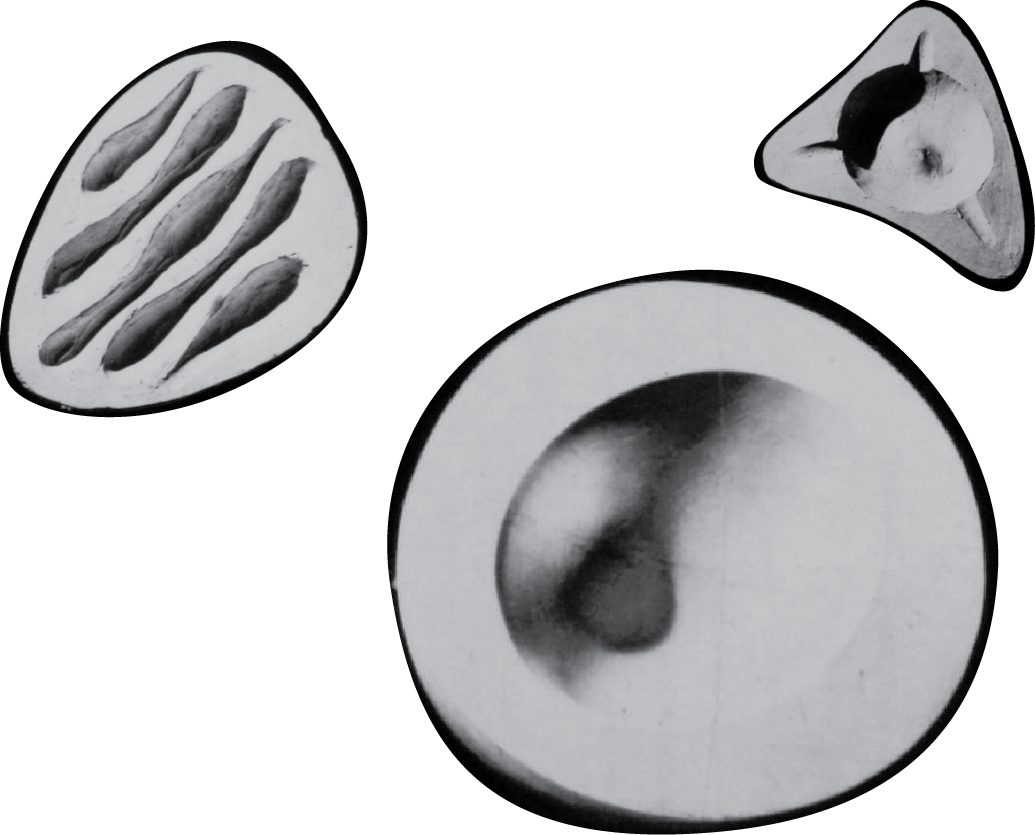MUSA, A MODEL FOR CONSCIOUS PLACEMAKING
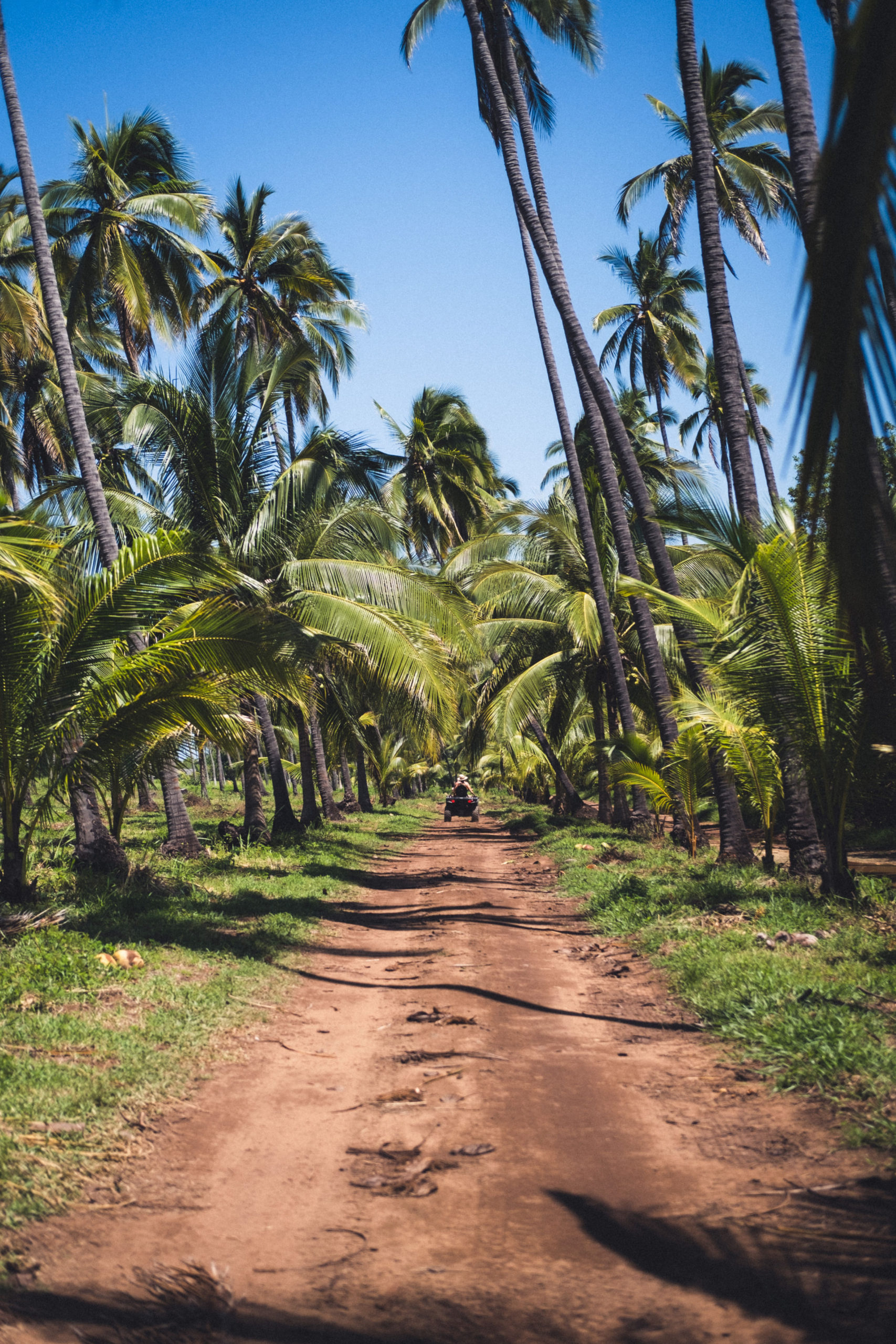
Along the coast of Guerrero, 45 minutes from the Ixtapa/Zihuatanejo airport sits a 165 acre pristine ocean front property home to the Modern Utopian Society of Adventurers, otherwise known as MUSA. A forward-thinking residential and hotel serviced community that transcends the traditional realms of hospitality into an all-encompassing destination founded on values of conscious design and an eye for understated luxury.
This aspirational project is the latest visionary endeavor of husband and wife team, Andrés Saavedra, originally from México City and Canadian born Tara Medina. Also the founders of Andrés Saavedra Design, an architecture firm known for its minimalistic Wabi Sabi inspired design and LOOT, a concept gallery coffee shop, located in both Zihuatanejo and CDMX. MUSA seeks to serve as a model for a humanistic approach to hospitality adaptable to the real world challenges that face developments of this scale. Upon signing the land deal on March 10, 2020, the world descended into lock-down and the pandemic became the catalyst for Saavedra and Medina to offer an alternative way of living.
MUSA is still under construction, but rapidly progressing. The property includes a boutique beachfront hotel and restaurant, which will open to the public early 2022. And for those who desire a more permanent residence at MUSA, they will have the option to purchase one of their hideaways or private lots of land, in which the owners will work with Andrés to build a custom ocean view residence.
MATERIA Editor-in-Chief, Sarah Len sat down with the owners to discuss the vision for Modern Utopian Society of Adventurers and how it can serve as a model for conscious placemaking.

Sarah Len: Tell me how your vision for MUSA started? How has it evolved?
Andrés Saavedra: In 2013 Tara and I founded LOOT, a concept store in Zihuatanejo — which later expanded into an architecture, construction and branding design office, Andrés Saavedra Design. We also opened a LOOT studio and gallery space in Mexico City. LOOT bridges the gap between adventure, culture, coffee, art, and design for both curious travelers and the local community, opening a channel of communication with artists and acting as a platform for both international and Mexican voices. MUSA evolved from the progressive beginnings of LOOT.
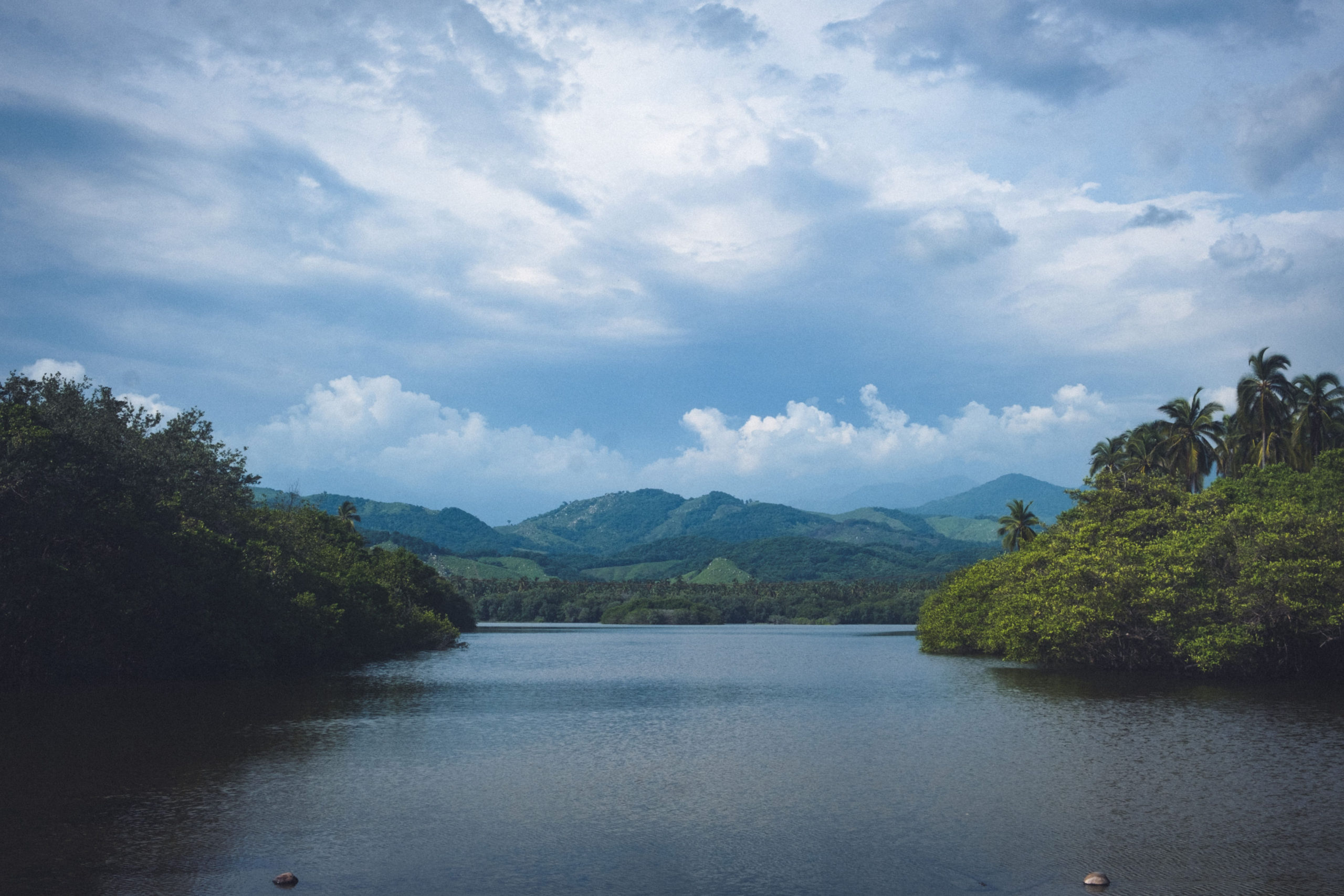

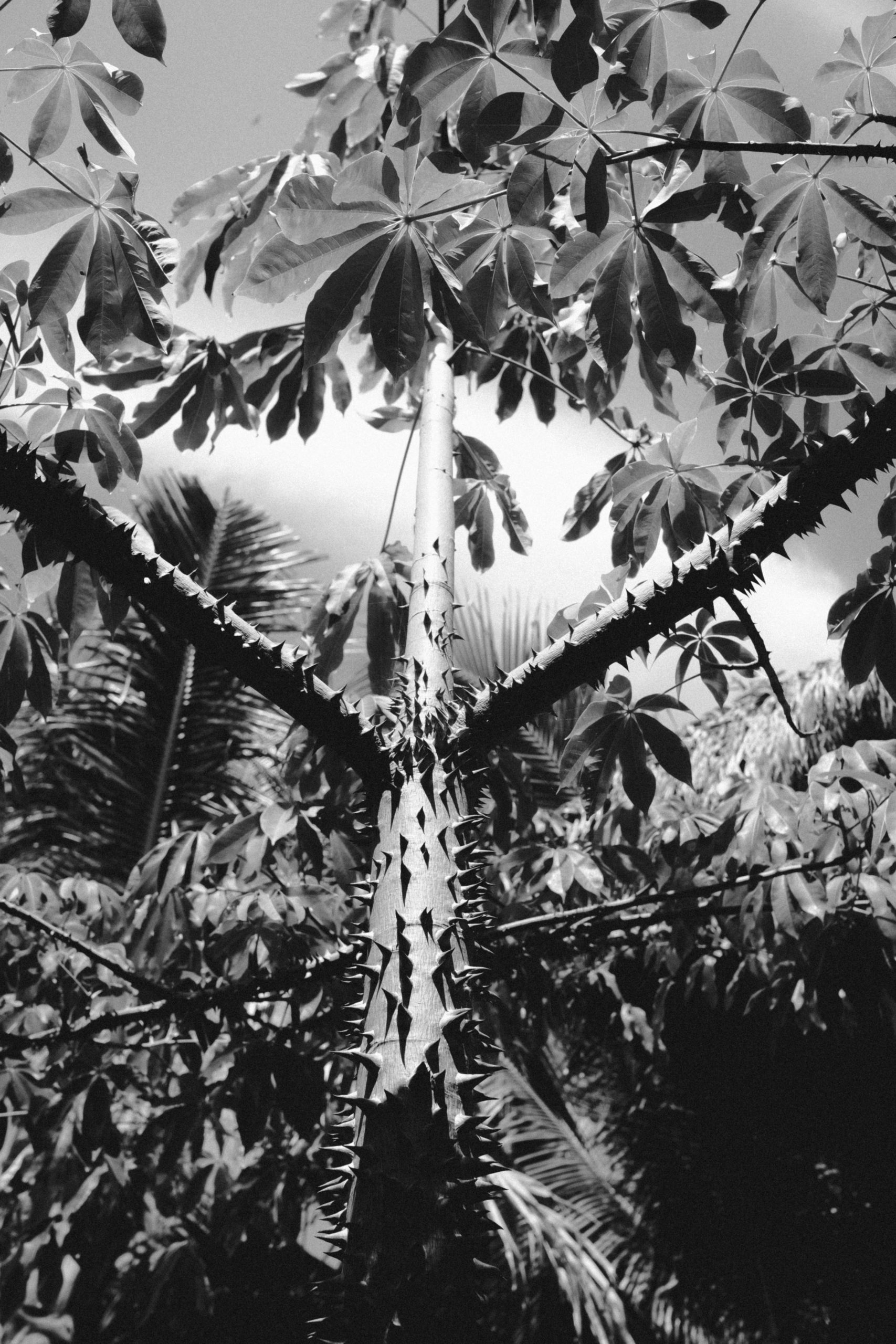
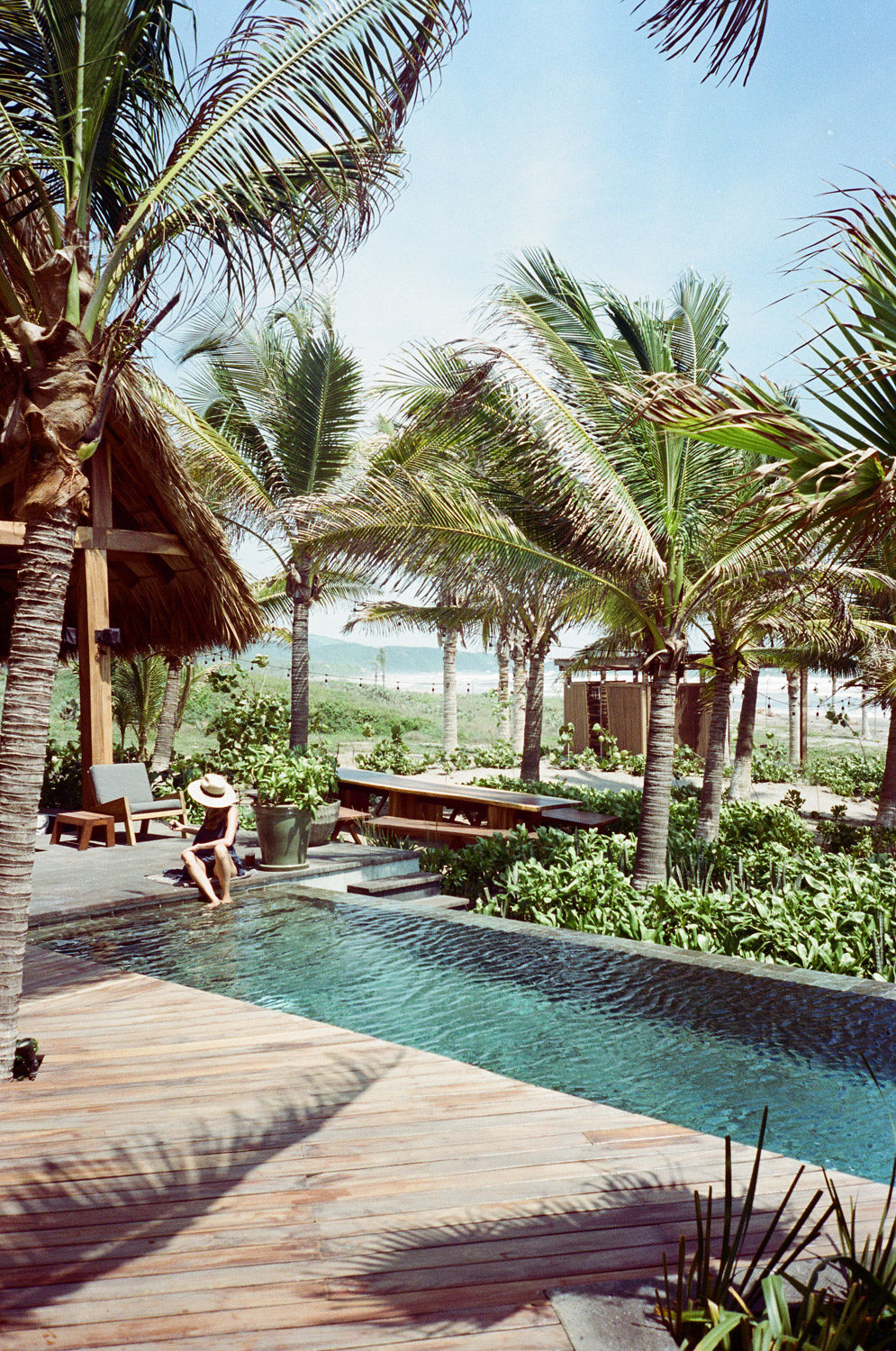
“We want diversity, everything from creatives to innovators. We want to be able to incubate ideas and create opportunities. We’re also looking for people that want to be part of a community.” – Andrés Saavedra
SL: Can you tell me what attracted you to this property and Ixtapa/Zihuatanejo specifically?
AS: When I came here as a kid I always loved it. Back in the day, Ixtapa was starting and Zihuatanejo was completely pristine. It wasn’t a large destination or anything like that, but in the back of my head, I knew I wanted to be here. It was like exploring the moon.
I was probably around nine when I first started coming here and my first scuba dive was at eleven. So I imagine for my really fresh mind to suddenly be under the water made me romanticize this place. Eighteen years ago I decided to move here. Once I started surfing I was hooked on the destination and the iconic Loma Bonita wave.
Tara Medina: Running parallel to Andrés’ story, my parents bought here sort of around the same time Andrés had moved here. I would come down for vacations and always had an affinity for this place because it was a family place for us. We didn’t meet until many years later, but for both of us, it’s real, raw, and wonderful.
AS: My friend had this abandoned house in the middle of nowhere and on our first date, I brought Tara here and said “one day”. That was eleven years ago and that’s how we found the place. It had so much potential.
TM: When we met we were in love and envisioning what we could do with our lives, he drove me down here and was like “this is what I would want to do” so we started to put wheels in motion to make that happen.
AS: And the opportunity on the canvas was incredible. What we ended up seeing happen was when you put love and intention into a project and really drive something, it goes faster than you thought.
TM: We originally had 15 acres, but now we have 165 acres total, and we closed on all that property in March 2020—literally our signing date, no joke, was March 10, 2020. We were ready to press send and the world collapsed. So we changed our approach, and that triggered this greater ability to be generous and focus on our friends and family. We gave incredible pricing to kickstart the community. It was important for us to set up the community by asking ourselves ‘What are the type of people that we want here and how do we get the community to help us realize the vision?’
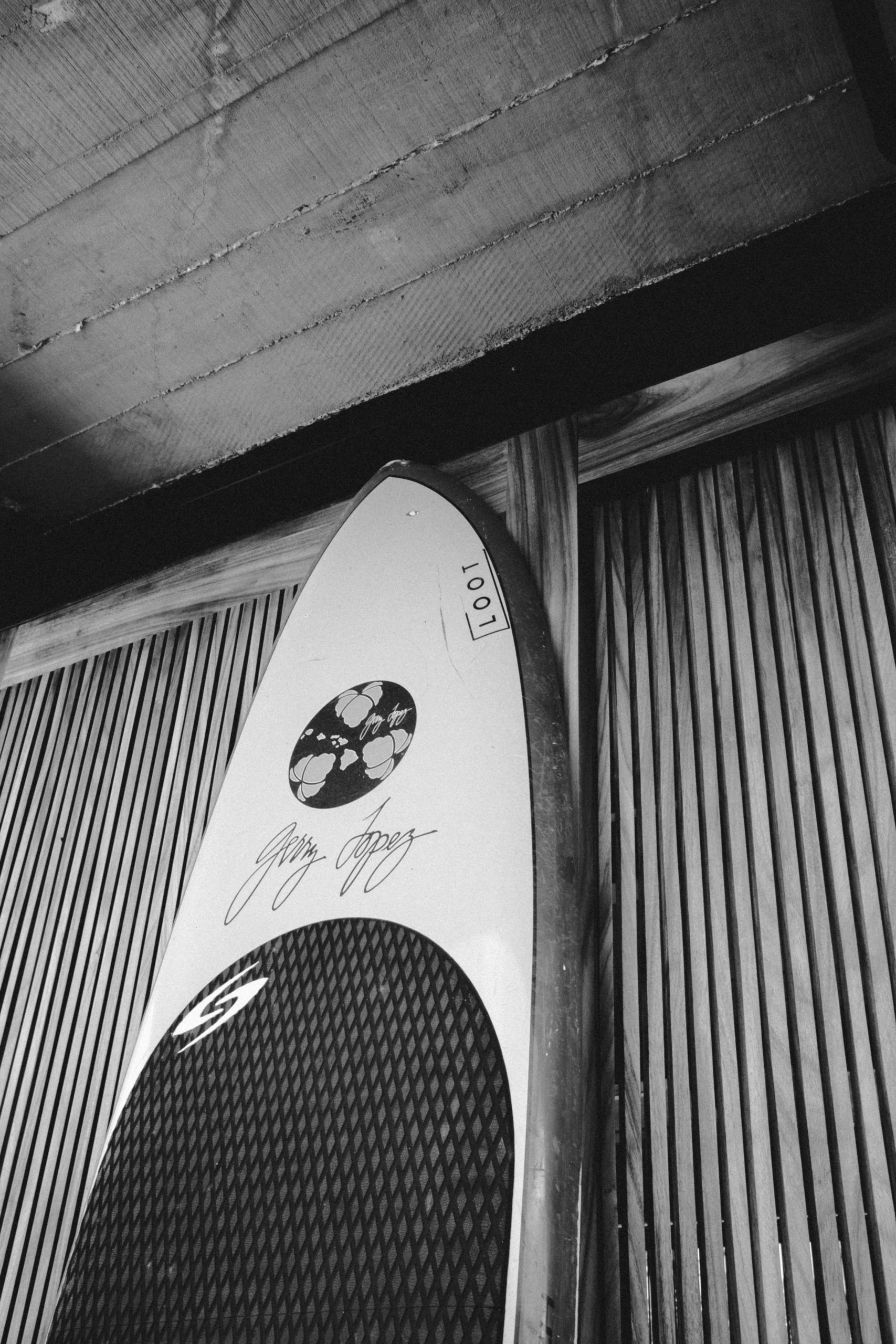
SL: And what type of community are you hoping to cultivate?
TM: We want diversity, everything from creatives to innovators. We want to be able to incubate ideas and create opportunities. We’re also looking for people that want to be part of a community. We’ve set up the real estate structure so you can’t just flip it. We have a structure in place that says if you’re making this investment, you’re investing in what we want to build, and you have a responsibility and accountability to be a part of that.
AS: We want to attract people that bring things to the table, you need to contribute something to the community. It doesn’t matter what their expertise is, but you should bring something personal that you enjoy doing. And most of them have expertise that we will never have. The most exciting people I’ve ever met, I’ve met here.
TM: In terms of membership, we really want to hone in on anonymity. The coolest thing for me is if you’ve got someone who is incredible in their field and then you’ve got someone who’s famous in what they do and they’re just having Mezcales by the pool. It’s not about everyone puffing up their feathers saying this is who I am. We’re just trying to build a network of like-minded people, which means they come from every field, education, entrepreneurship, or creativity, and come from diverse places throughout the world. We’ve always allowed things to flow and be organic, not necessarily having a set of guidelines, or “here’s the interview questions you need to ask to come in.” No, let’s entertain it. Let’s entertain everything.
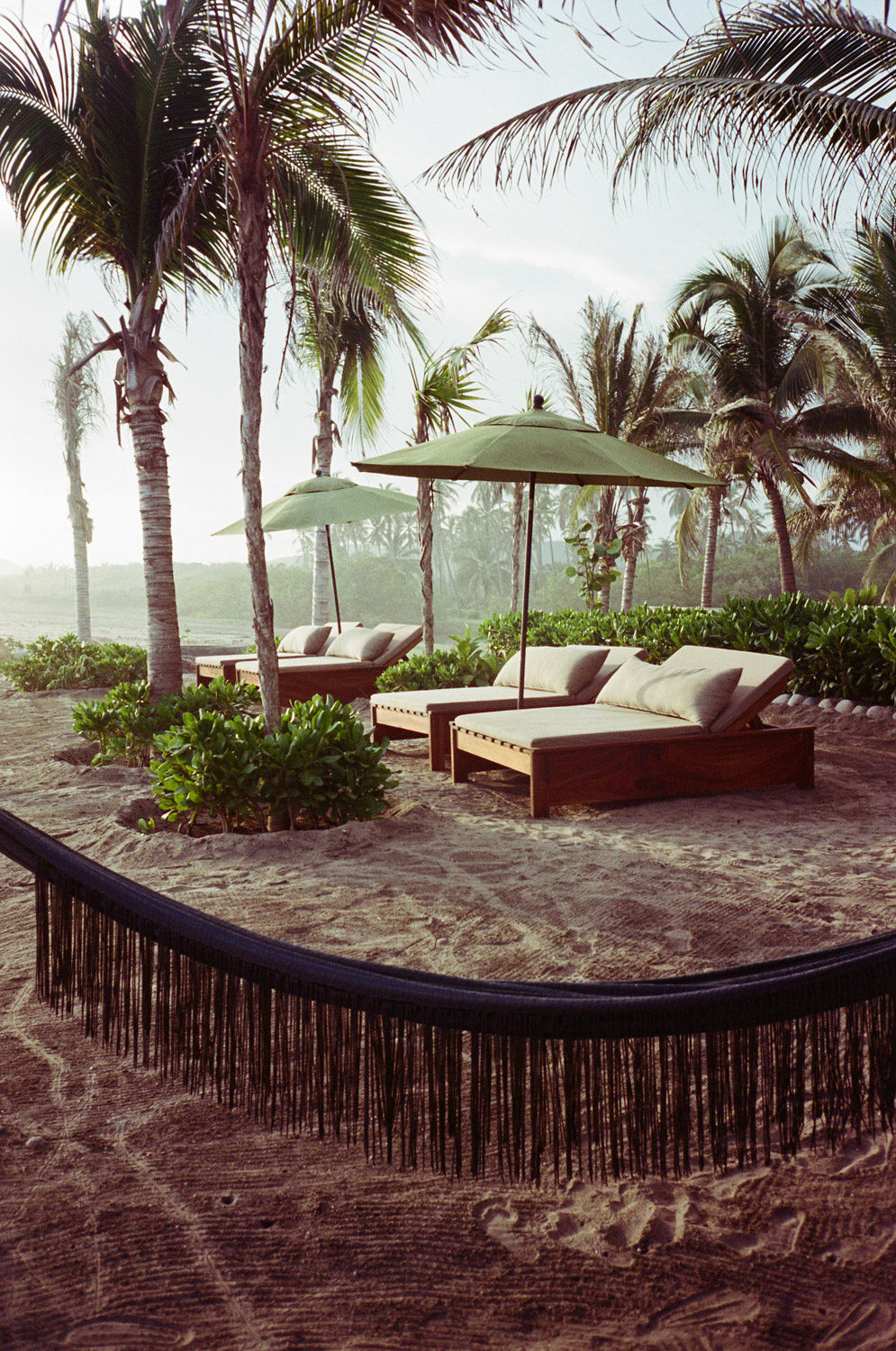

SL: Why do you think at this particular moment we’re seeing increasing interest in a more conscious approach to hospitality? How do you think our values have shifted around travel, experience, and how we invest our time?
TM: Hospitality has always had humanity at its core. MUSA aims to expand upon that principle and truly make the guest experience a holistic one. For us, we always want people to feel at home while integrating the project into the ever-changing cycle of nature.
SL: I appreciate how you recognize hospitality as a form of complete storytelling. Tell us a bit about the MUSA story and audience.
AS: I always wanted to be in hospitality, as a form of complete storytelling. The approach and what makes hospitality great are the experiences that you can create at all moments and times. It is a part of your adventure and journey. It’s like a haven where anything is possible. We have empowered MUSA as a place of balance and inspiration—a new destination built with the future in mind. Now, more than ever, we embrace a community that looks at how we can live and travel better, more sustainably. MUSA is freedom. It’s a hidden oasis of extreme natural beauty, exploration, and adventure. It’s a portal to a new, inspired way of living. Our audience is a generation of people who are looking for good living, good experiences, good design, and making good choices.
SL: How have your values informed the design process and the design choices?
AS: We ask ourselves how can we be the least disruptive while fulfilling the needs we have as a community? That’s when you start to set models for the future.
TM: Yes, we want to be a model community.
AS: Sustainability is at the forefront of our design choices. Compost and soil regeneration initiatives are underway across the property, utilizing our water captation and greywater recycling systems for feeding gardens, and harnessing collected biomass from beach clean-ups as mulch. Trees continue to be planted across the property, including palms along the beachfront to create more privacy and shaded areas. To date, several thousands of trees have been planted, with many more to come as we develop and preserve landscaped areas. A space, when consciously considered and designed with intention, becomes so much more than a place to simply exist. In life, spaces become the foundation to an entire catalog of experiences—any number of scenarios have the opportunity to be played out in the spaces in which we choose to spend our time.
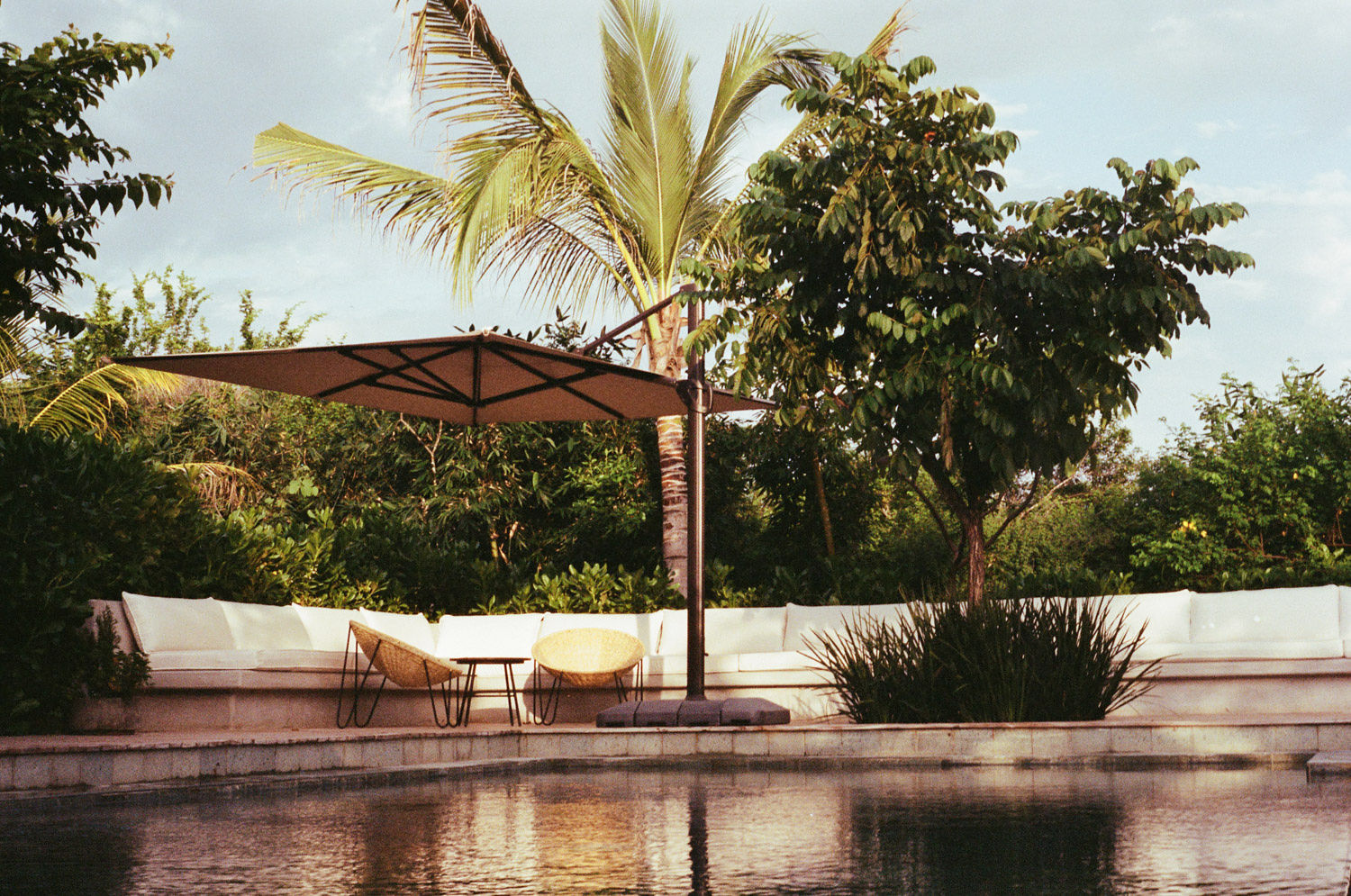
SL: What materials are native to this area that you’re using in the project?
AS: We are leaning into lessons of wabi-sabi—organic accents of natural materials and locally-sourced textures, combined with sleek cabinetry crafted with locally-sourced Parota wood, concrete, and bespoke terrazzo. Each custom-designed element has been carefully selected with the community and environment in mind.
For example, our palapa roofs are built using traditional Mexican techniques that allow structures to breathe and flex under strong winds, and naturally cool and protect. Sourced from local palms abundant in the region, this ancient tradition demonstrates how MUSA designs and constructs for the climate using natural materials, resulting in beautiful spaces that honor the heritage of our locality.
Coconuts are used throughout the region for dulce de coco (or coconut candies). One of the area’s biggest local exports, coconuts are a wild, yet simple luxury on the property. Cultivated as part of our emerging farm and reforestation initiatives, and foraged for their delicious interiors, every part of the coconut is used on-site—from the water in our drinks to the meat and roots in our kitchen. We also produce our own salt from the lagoon on the property, where locals have harvested salt for generations.
SL: How is your love for the ocean and surfing Integrated into this project?
AS: The Loma Bonita wave is an iconic wave that I’ve surfed over the years. The ecosystem in the region is rich and plentiful. Every species is necessary for the robust, and diverse marine ecosystem that surrounds MUSA. Locally, the caracol de mar, or Mollusks, in their beautifully textured seashells, are appreciated for their range of colors and shapes that are controlled by their DNA. They are an important source of food for other wildlife, can eat algae, detect chemicals in the ocean, and are valuable indicators of marine ecosystem health. Just another element of the subtropical coastal landscape that makes our habitat so special.
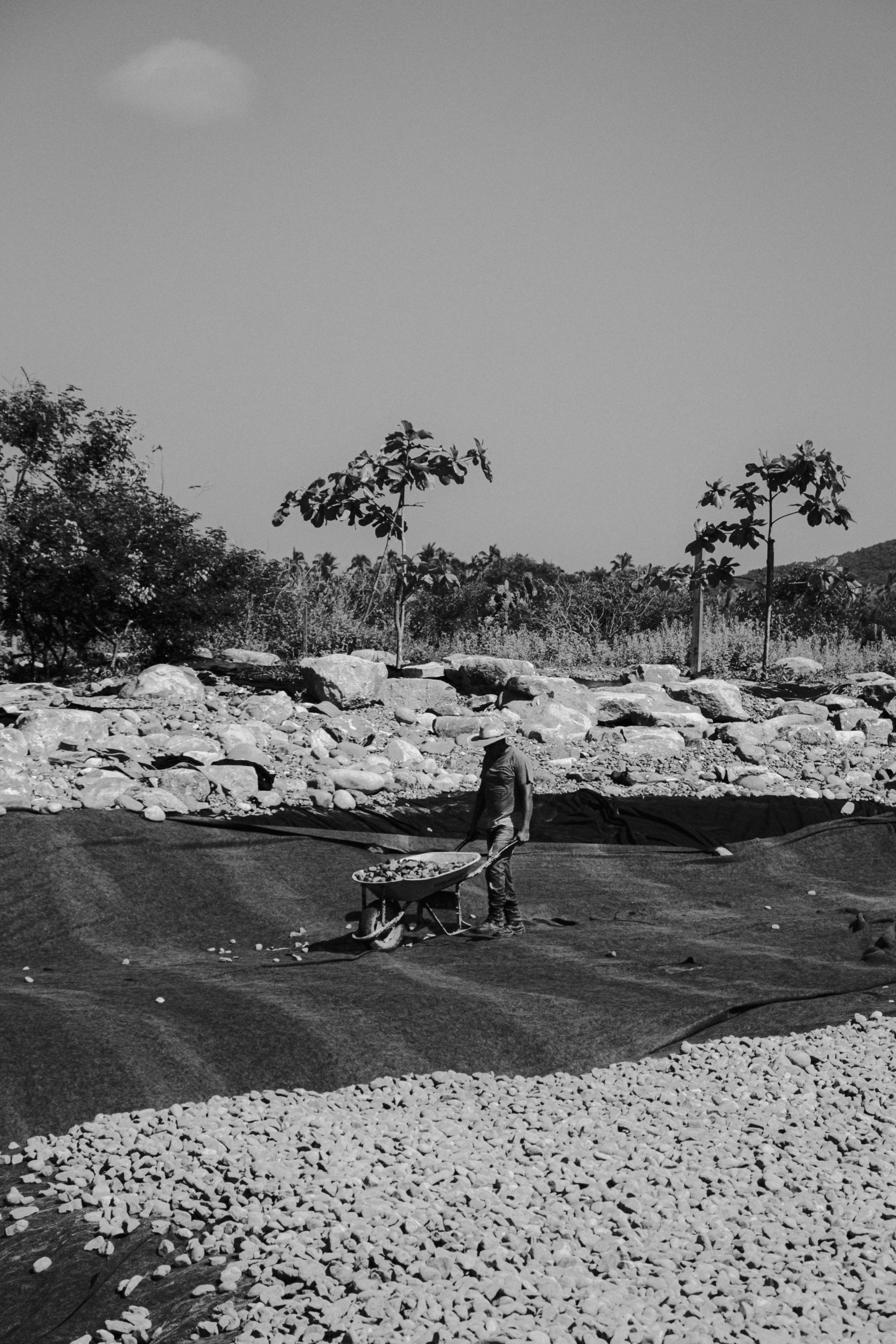
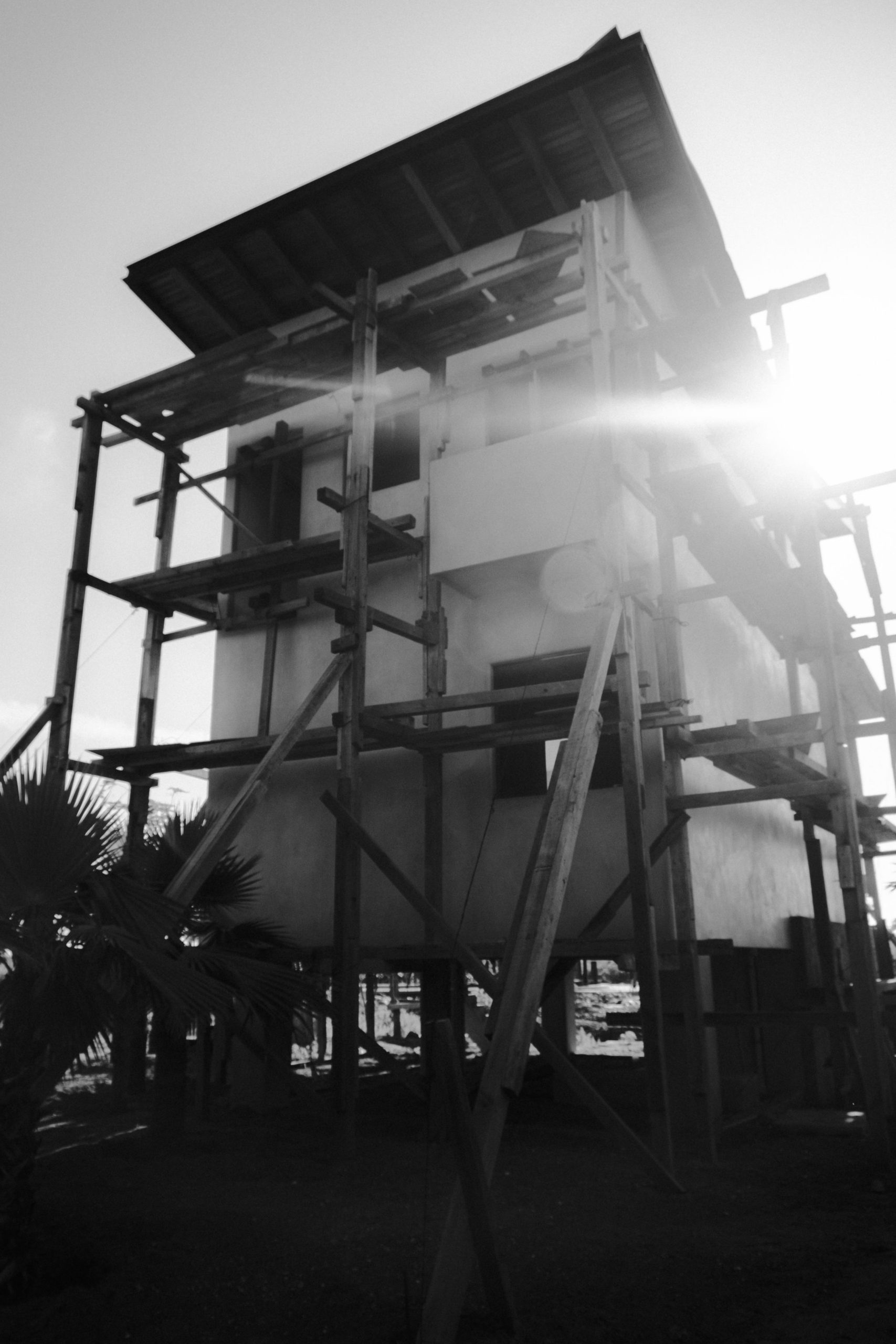
SL: Fostering relationships with the community. Regeneration for the future. Ethical work conditions. These are some of the commitments made by MUSA. Can you share some examples of how this is delivered today?
TM: As we move toward an exciting future of art, innovation, and sustainability, we look to nature to excite and inspire futuristic design within an eco-conscious paradigm that demonstrates a positive impact on our town and the environment. We’ve worked with specialists to develop an impressive bio pool, which will serve as a rainwater collection and filtration system to supply water to the property. The entire property is also running on solar energy and made a commitment to creating an environment which is mostly plastic and waste free.. We are currently restoring the coral reef on the beachfront to bring sea life back to the area, which will in turn have improved waves for the ever-present surf community.
To this day we have connected surrounding communities to fiber optic internet infrastructure and we have several plans for the future to work with the local community. This milestone in the making now offers unprecedented access for local families, schools, and businesses in neighboring villages of Juluchuca, La Barrita, and Las Salinas, access to increased connectivity and representation, as well as provides opportunities for a future of efficient technologies in the development of cutting-edge dwellings and workspaces on-site, and beyond.
You will have an artist in residence program. Who are some of the artists we can expect to stay here and what will they do during their residency? What will you do with their works of art?
AS: We have already hosted several artists on-site such as Oso Parado, Rachel Garrard, and others, however, the true essence of the art program relies upon our search for collaboration and understanding. To create our art residency program, we had several sessions with more than 20 artists to understand their needs, experiences, and expectations of a residency program. We want to understand what a successful art residency truly is. Key outcomes include plans for exhibitions throughout the year at our LOOT CDMX, and Zihuatanejo spaces that bridge that gap between artists, their work, and a community of buyers — as well as people who are interested in art and design.
SL: What would be your one wish for your guests to take away from their experience at MUSA?
AS: MUSA is a place where people can forge meaningful connections and cultivate collaborations within a limitless scope of creation and discovery. There are things that will reveal themselves along the way; the music we’ve never heard, flavors we haven’t tried, animals we are learning about, things in history that we don’t know. We know that we’re in love with the place, and it’s a constant exploration of what’s out there. It’s a constant discovery.
